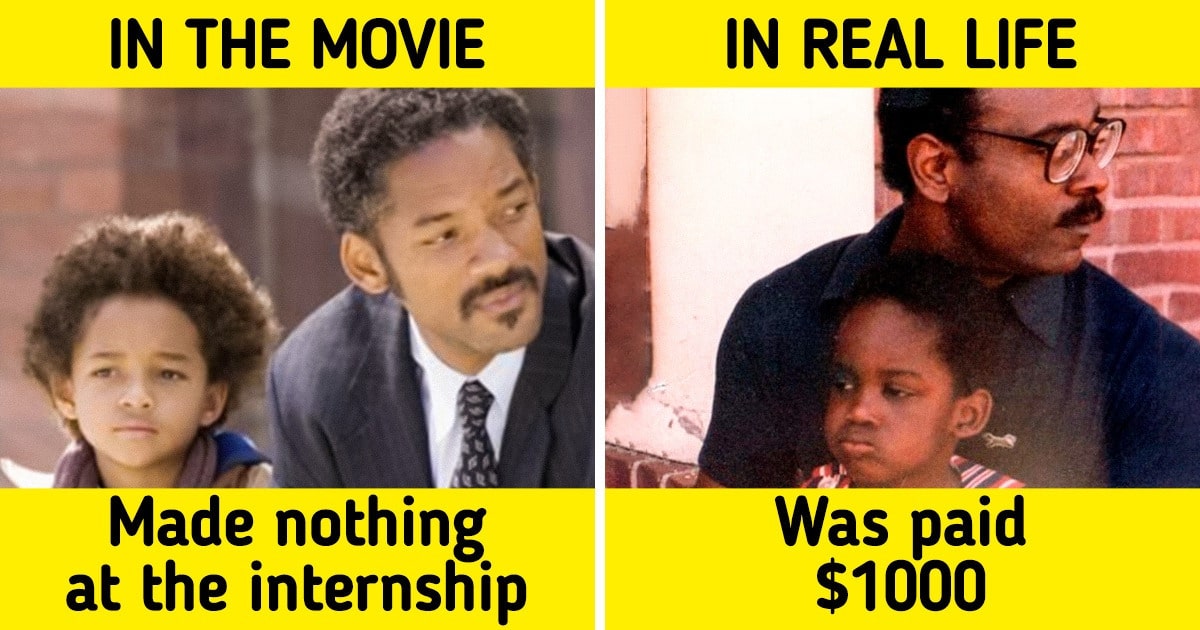You must have noticed that films with the real-life setting can be more exciting and compelling because we can connect with the characters and admire historical events. We have a constant desire to learn more. We must keep in mind, though, that fiction sometimes performs better than reality. In order to increase the drama or to improve the storyline, what occurs in the movie frequently differs greatly from what actually occurs in real life.
So, at Defused, we’ve compiled 11 films that are based on true stories but have been slightly altered for dramatic effect. Of course, they had to turn it into a movie. It is unimaginably realistic. Scroll down to the bottom and make sure you watch it all the way through.
Did you know that Stephen Hawking’s love story was altered for the film Theory of Everything?
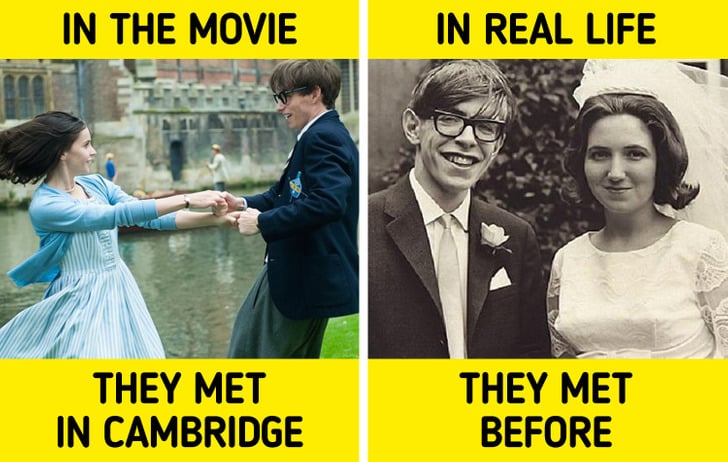
The astrophysicist Stephen Hawking’s marriage to Jane is depicted in this video, along with the challenging challenges they faced as a result of Stephen’s degenerative illness for more than 30 years. Contrary to what is shown in the movie, Stephen and Jane did not meet at Cambridge University in the UK.
The two met at St. Albans High School, according to Jane, and their relationship developed there. She added that the film failed to depict her frequent, protracted trips abroad and how difficult it was for her to manage everything.
Did you know that the rivalry between The Drivers in Rush was slightly exaggerated in the film?
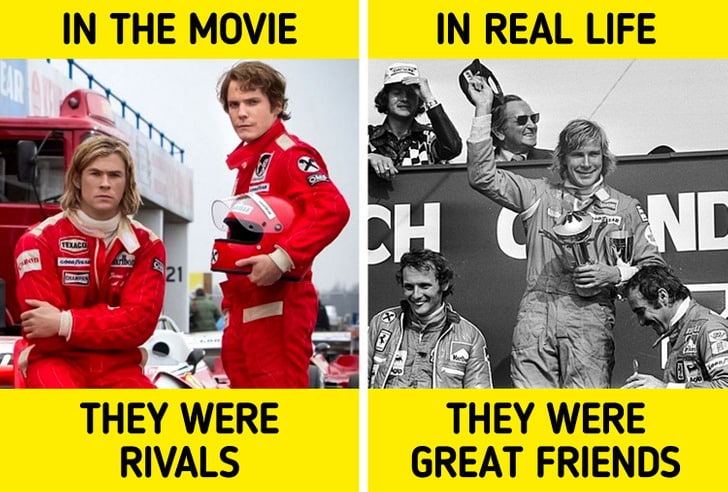
The movie follows the lives of two Formula One racers who competed for championships in the 1970s: Niki Lauda and James Hunt. The film dramatizes the rivalry and hostility between the drivers, but in reality, they developed a strong bond and even lived together.
Gladiator changed historical facts and contained a number of inaccuracies.
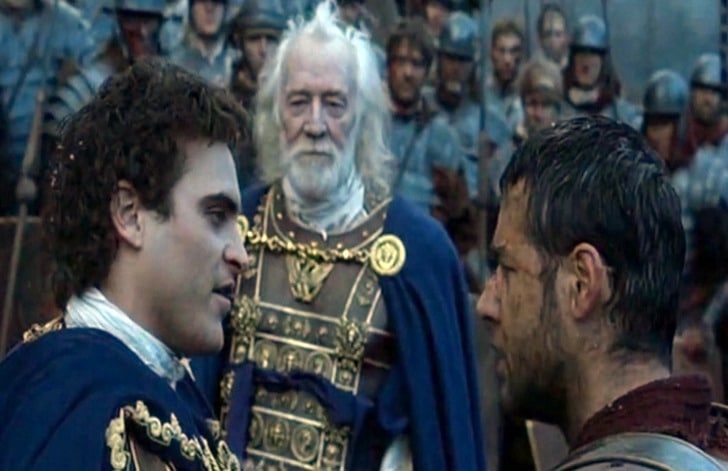
The masterpiece from 2000 that wowed thousands of viewers had a number of flaws. One scenario involves handing out printed paper flyers to the crowd in the Colosseum, which was unheard of at the time. Another error is that the Colosseum’s current name was only adopted after the Middle Ages; during the Roman Empire, it was known as the Flavian Amphitheater.
The biggest mistake was the passing of Emperor Marcus Aurelius and his tumultuous relationship with his son Commodus, who was portrayed by Joaquin Phoenix. In reality, the Roman emperor passed away naturally and was at his side the entire time. Contrary to what the movie suggests, Commodus was close to his father and co-ruled the empire with him.
You probably weren’t aware that the name of the machine was altered for the film The Imitation Games.
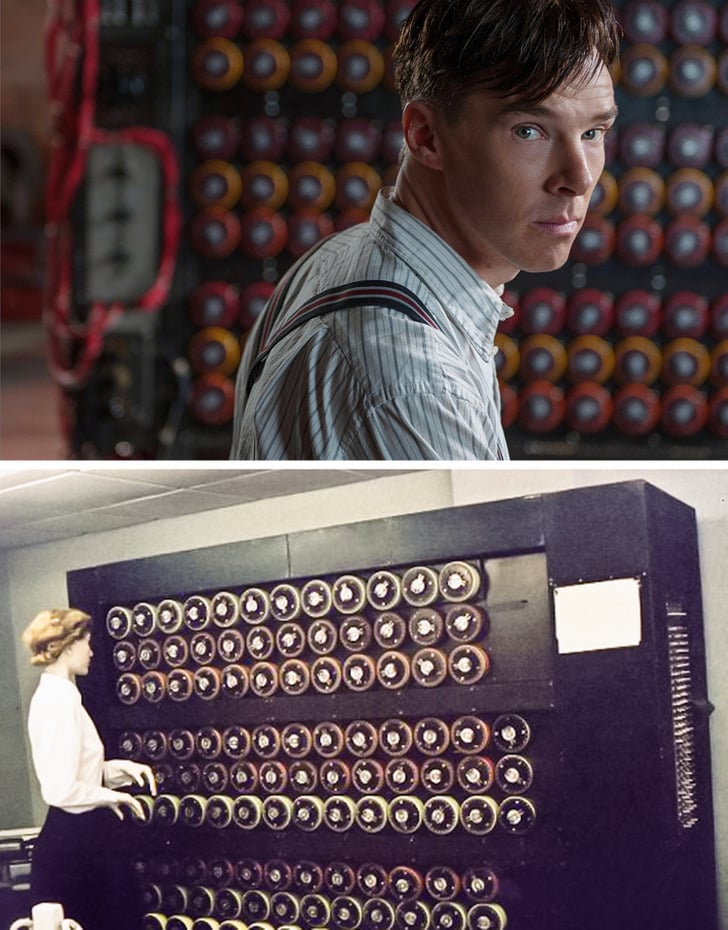
This movie tells the remarkable tale of Alan Turing, a British scientist who developed the machine that cracked German codes and helped end the war. The name “Christopher” given to the computer in the movie was allegedly inspired by Turing’s childhood crush on his friend Christopher Morcom, though this couldn’t be further from the truth. In real life, the device was referred to as “The Bomb.”
Despite the lack of evidence to the contrary, Christopher and Turing did have a close relationship, and the scientist was deeply affected by his passing. Turing collaborated with mathematician Gordon to build the computer, which is another fact that is left out of the movie.
Did you realize it? The real Braveheart wasn’t William Wallace.
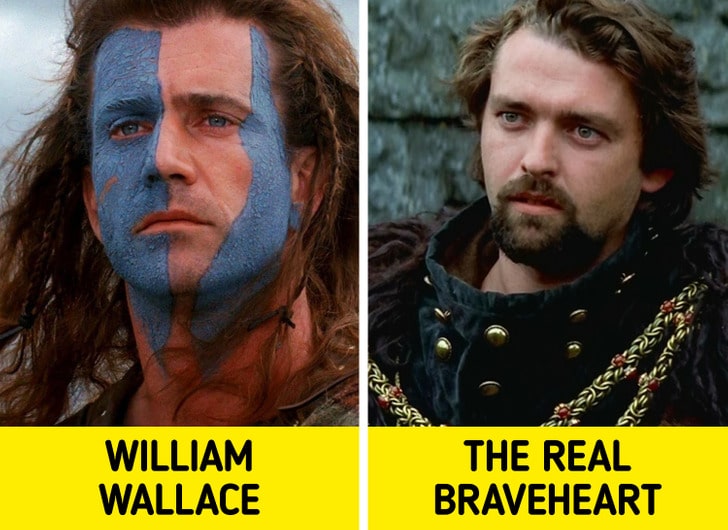
Even though Mel Gibson’s legendary character William Wallace was based on a real person, his historical importance was exaggerated, and the death of his wife was made up to add drama. King Robert I of Scotland, who is portrayed by actor Angus Macfadyen in the movie, was given the nickname “Braveheart,” not Wallace.
A game-changing film was Django Unchained.
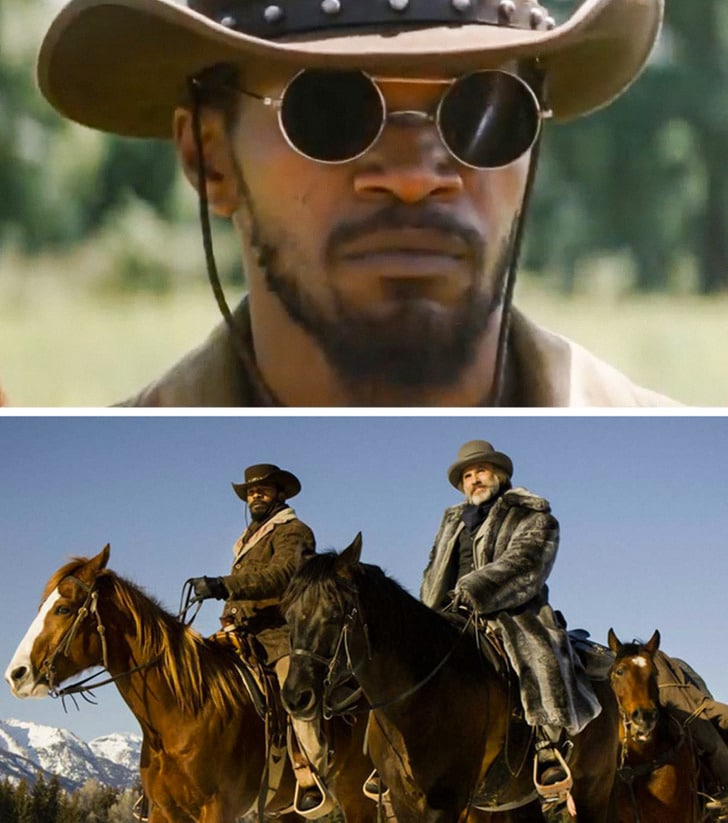
Jamie Foxx undoubtedly left his mark on cinema by playing Django, and one of the things we will never forget about him is his unique aesthetic. Sunglasses are worn by the character for almost the entire movie, which is impossible given that they became fashionable in the 1920s, at least 60 years after the time the movie is set.
Did you realize it? There were several wardrobes and setting errors in Pirates of the Caribbean.
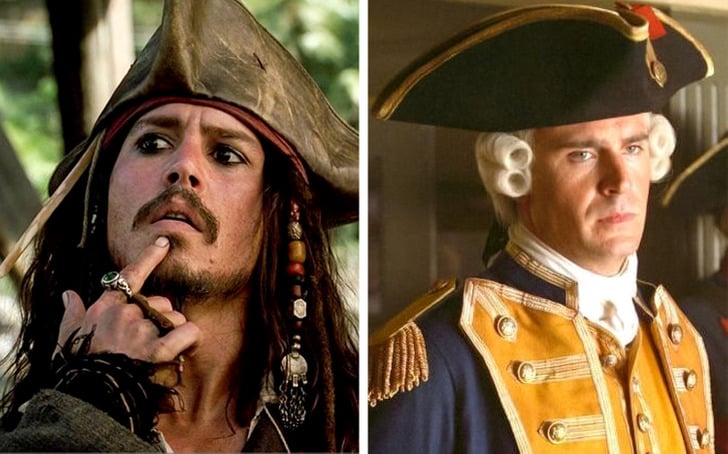
Although there were a number of costumes and logistical mistakes, the film’s humorous and daring tone made it a worldwide hit. In the movie, Port Royal is portrayed as a thriving city and an important British port in 1720. Despite efforts, the city was unable to recover after a devastating earthquake struck in 1692 and completely destroyed it.
On the other hand, there were no uniforms worn by Royal Navy officers during the time the movie is set. The first regulations were created in 1748 by Admiral George Anson.
In Mary Queen of Scots, Queen Mary of Scots exhibits an absurd preference for body piercings.
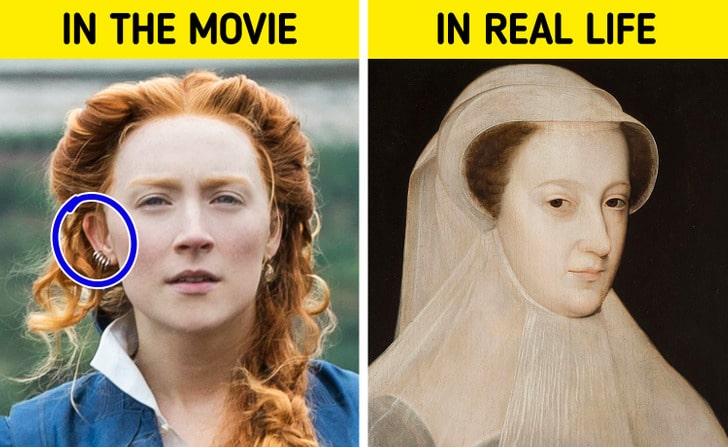
Although it is unclear if they were common in the sixteenth century, when the movie is set, Queen Mary Stuart is depicted throughout the film sporting a number of earrings and ear piercings, which are much more contemporary embellishments.
Furthermore, the piercings shown in the movie are not depicted in any image or book of Queen Mary I of Scotland. We can’t argue with the fact that they give her a literary sense of strength and individuality that is unmatched.
Shakespeare wasn’t inspired by love to write Romeo and Juliet.
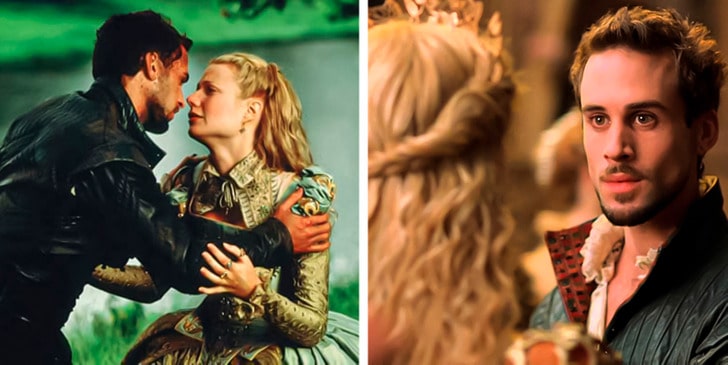
Shakespeare in Love’s relationship was most likely made up since so little is known about William Shakespeare’s private life. It is incorrect to say that it inspired him to write Romeo and Juliet, one of his greatest works. Shakespeare actually adapted it from a well-known play written by the Italian dramatist Luigi Da Porto.
The queen wouldn’t be able to attend a play at the same time. The groups that traveled to the court to perform were the theatrical ones.
Nobody discusses Apollo 13 and the forgotten hero.
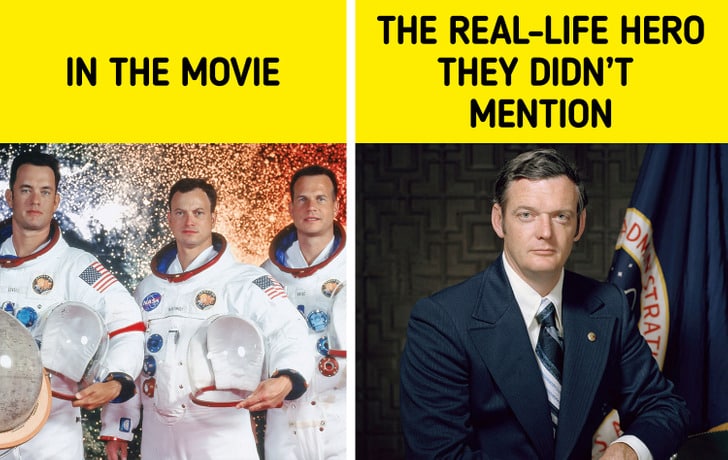
There were never any disputes or arguments between the astronauts and the other NASA employees, in contrast to what the film portrays. The solutions to the problems in the movie were also somewhat improvised in order to maintain the tension, but in real life, there are crisis and contingency plans for any unforeseen incident.
The engineer and flight director Glynn Lunney, a key figure in the crew of Apollo 13, was also omitted from the film. He made quick, wise choices that helped ensure the astronauts’ safe return to Earth.
Did you realize? The Pursuit of Happiness altered the precise amount of Chris’ income.
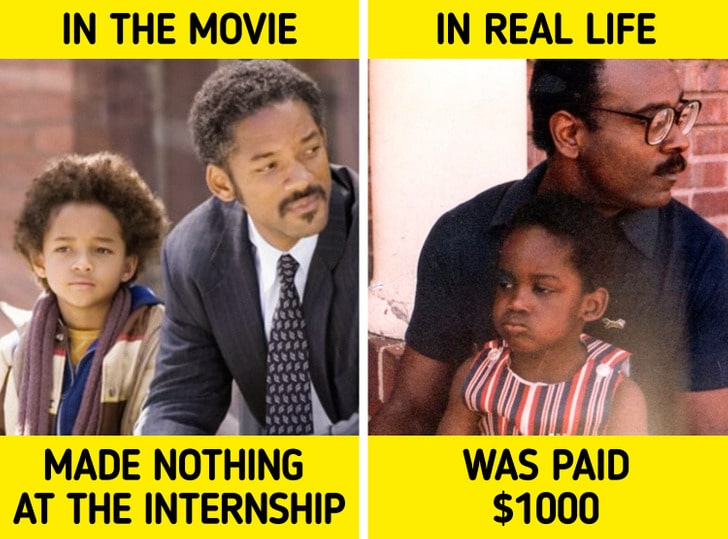
The lead character in the movie about Chris Gardner’s struggles and eventual triumph over his circumstances consents to complete an unpaid internship at a brokerage house. This was completely blown out of proportion to heighten the drama in the movie.
Although not a significant sum for a father caring for his son in San Francisco, Chris’s actual compensation of $1,000 is significantly less than what the film had us believe.
Please share your favorite true story-based films with us. Did you previously know these details about the movies mentioned? Remember to like and share it with your family and friends. Keep visiting Defused for more entertaining content.


